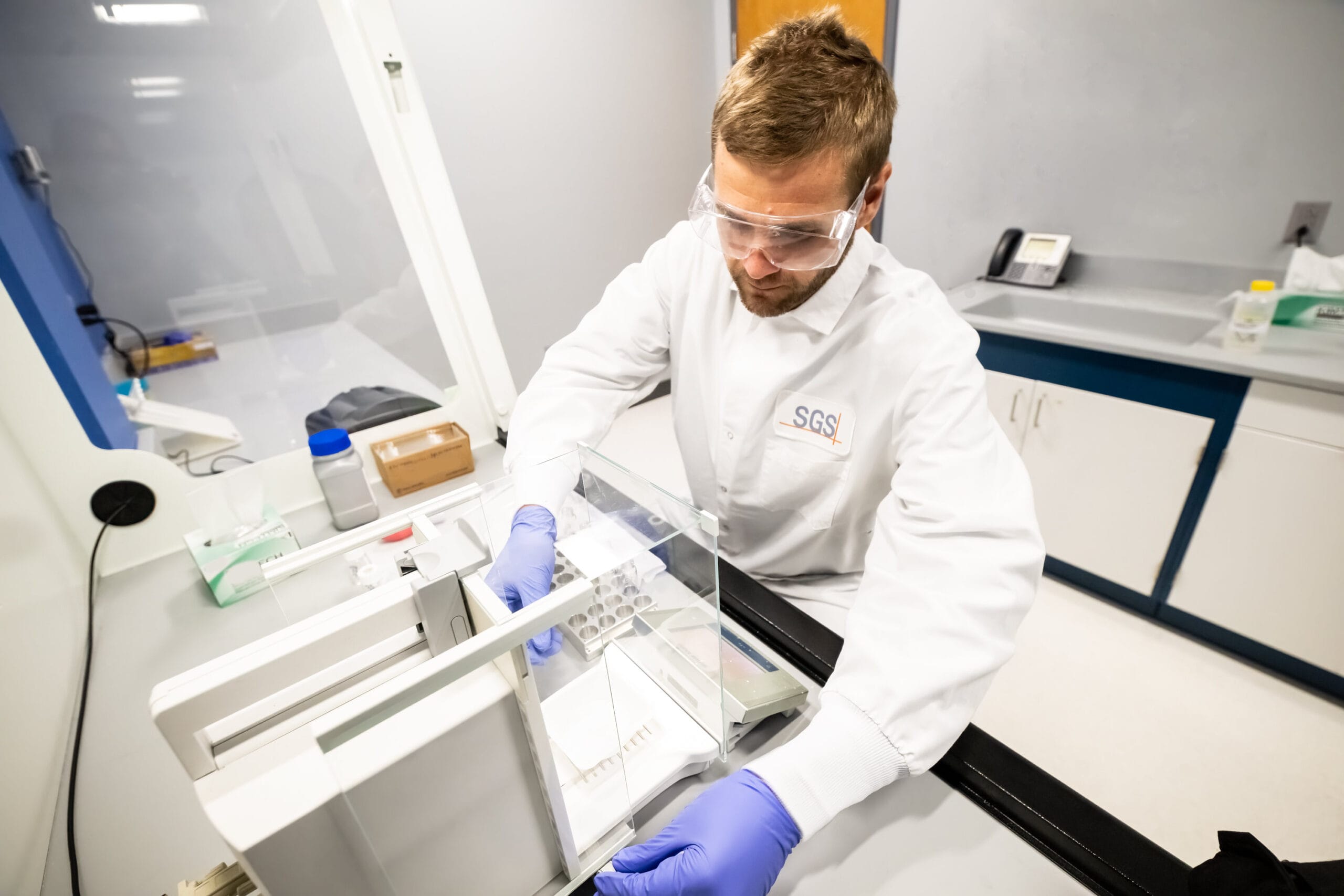
Chromatography
Approaches to Chromatography Testing
Gas Chromatography (GC): Gas Chromatography is used for analysis of mixtures of volatile and semi-volatile organic compounds (VOC’s and SVOC’s). GC with flame ionization detection (FID) is commonly used for quantitative analysis of known target compounds.
Gas Chromatography-Mass Spectrometry (GC-MS): GC-MS is a powerful technique that can provide identification of unknowns in complex mixtures. GC-MS is a great technique for analysis of trace level impurities such as residual monomers because of its excellent sensitivity and specificity.
Headspace Gas Chromatography: Headspace GC or GC-MS can be used to test for volatile organic compounds (VOC’s) such as residual solvents in solid or liquid samples.
High Performance Liquid Chromatography (HPLC): Reverse-phase HPLC is used for testing of non-polar compounds such as polymer antioxidants and UV absorbers. Normal phase HPLC and HILIC are also used depending on the polarity of the compounds of interest.
Liquid Chromatography Mass Spectrometry (LC-MS): LC-MS combines the separation ability of HPLC with the identification capability of mass spectrometry. LC-MS is useful for deformulation or extractables/leachables analysis of samples that may contain non-volatile additives or impurities.
Size Exclusion Chromatography (SEC): Also known as Gel Permeation Chromatography (GPC), SEC is used to measure the molecular weight distribution of a polymer sample. The molecular weight measurement may be performed using multi-angle light scattering (MALS) to obtain the absolute molecular weight.
Products we’ve tested with Chromatography:
Medical devices: Lactic acid and glycolic acid polymers (PLLA and PLGA) used in resorbable medical implants, drug-eluting stents, and nanoparticles. Polyesters, polyamides, polyurethanes, polyolefins, and silicone polymers used in medical packaging, tubing, and catheters.
Pharmaceutical products: Pharmaceutical packaging and delivery systems. Controlled release formulations. Pharmaceutical actives, intermediates, raw materials, and combination devices.
Industrial products: Films, fibers, adhesives, coatings, tires, automotive parts, circuit boards, polymer resins and additives, plasticizers, lubricants, solvents, monomers.
Consumer products: Carpets, food packaging, chewing gum, lotions, child’s toys, spatulas, razors, cheese puffs, pet food.
Aerospace & Defense: Epoxy resins, prepregs, laminates, propellants and explosives, and tear gas.
Applications of Chromatography Testing:
- Residual Monomer Testing
- Residual Solvents in Pharmaceuticals and Medical Implants
- Molecular Weight Analysis
- Polymer Additives Analysis
- Antioxidants and UV Absorbers
- Hindered Amine Light Stabilizers
- Plasticizer Analysis
- Contamination Analysis
- Odor Analysis
- Competitor Product Analysis and Deformulation
- Verification of Patent Infringement
- Failure Analysis
- Lot Release Testing
- Stability Testing
- Accelerated Aging Studies
- Impurity Identification in Pharmaceuticals
- Extractables & Leachables Testing
- Migration Testing for Food Contact Certification
- CPSC Testing for Banned Phthalates in Toys
- Testing for BPA in Consumer Products
- GPC Analysis of HFIP-Soluble Polyesters and Polyamides
- Method Development and Validation
